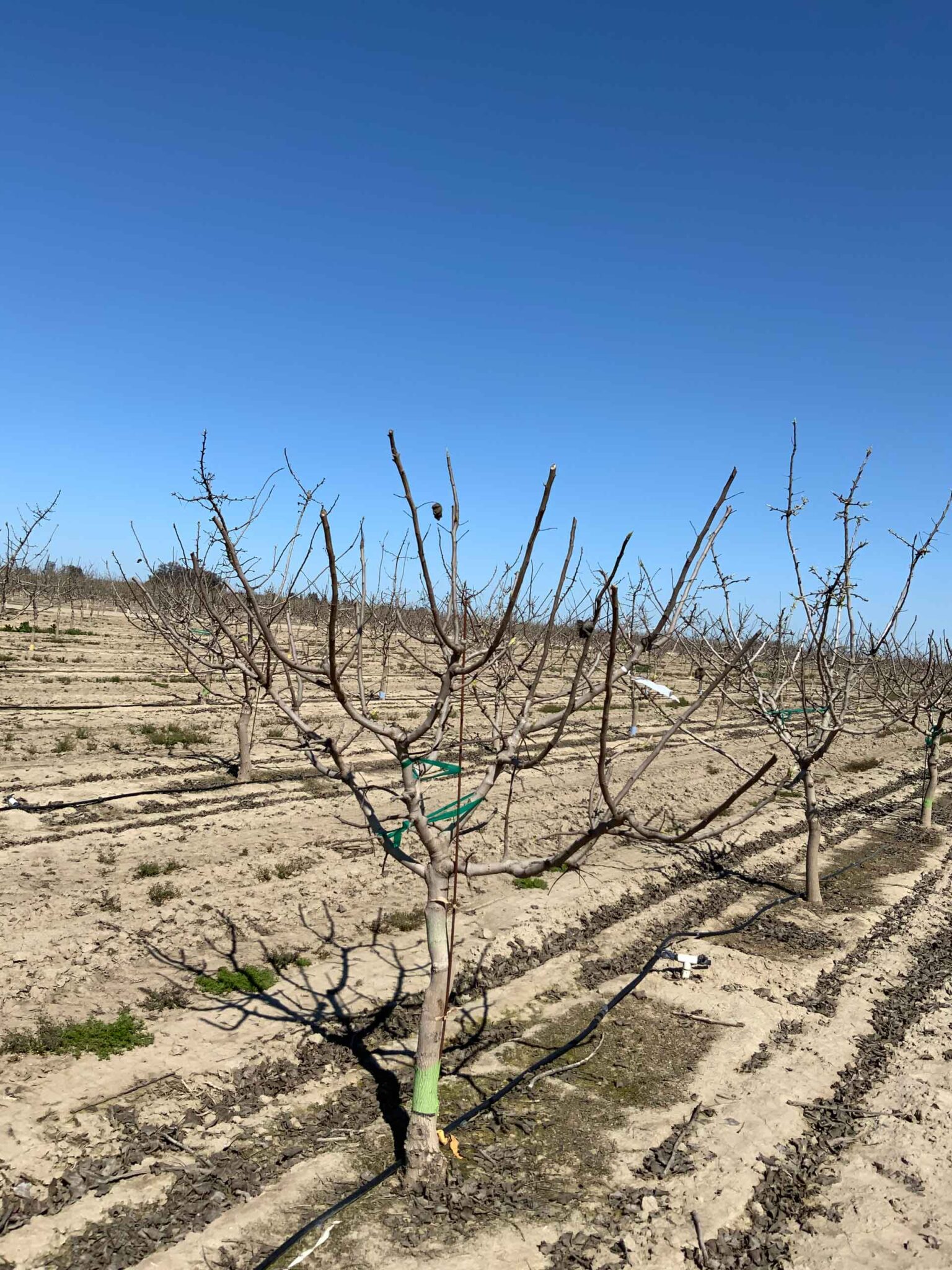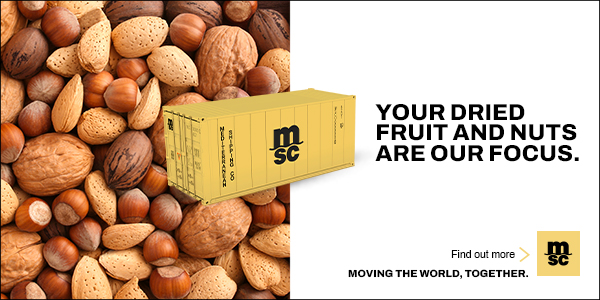

The California Pistachio Board is funding research trials to evaluate new training methods for trees against conventional methods.
Pistachio trees are trained/pruned to mitigate alternate bearing, a reduction of crop load following a large crop in the previous year. UCCE Nut Crops Farm Advisor Mae Culumber explained what this process usually looks like.
“The standard approach is… to use heading, frequent tipping and thinning to make trees more manageable and productive,” she said.
The main goal of their research, Culumber said, is to see if reduced or non-pruning brings a different result. “We are evaluating if reduced or non-pruning results in stronger tree structure, earlier production, cleaner harvest and lower overall cost.”
The research, led by UCCE Integrated Orchard Management, Walnut and Almond Specialist Bruce Lampinen, is also observing if problems with limb breakage develop in the different training systems, Culumber said. She and Lampinen have spoken with contract harvesters who have seen significant breakage in heavy crop years in conventionally pruned orchards.
“In conventionally trained mature bearing trees, limbs tend to snap off at the point of the initial heading cut (in the first dormant pruning) or where an in-season tipping cut was made in the second season,” Culumber said, noting that when two buds push out in response to tipping, they are often very close together, resulting in bark inclusions and poor limb connections.
The types of training systems being observed in the trials, located in the southern San Joaquin Valley and Yolo County, are reduced or non-pruning systems, also known as modified central leader and unheaded systems, respectfully. The goal of the central leader is to promote a dominant upright branch from where the main structural branches form, Culumber said, adding that there is no in-season tipping and much less severe dormant season heading cuts with this approach.
“We have observed strong limb connections that are spaced proportionally along the leader branch,” she said.
The goal of evaluating the unheaded/unpruned system is to observe the “natural growth habit” of the tree, Culumber said. Many assume this system will cause branches to grow too long and sag under the weight of nuts and foliage, which, according to Culumber, could present problems with crop removal at harvest time.
“So far, we have not found this to be an issue,” she said.
Lost Hills on PG1, Golden Hills on UCB1 seedling, Golden Hills on Platinum, Kerman on UCB1 seedling and Kerman on Platinum are the rootstock/scion combinations being observed in the trials. Culumber explained different growth patterns that may occur among these combinations.
“Vigorous rootstocks like Platinum may have a different growth response to unheaded treatments than the more commonly planted UCB1 seedling,” she said. “Golden Hills may have more upright scaffold branching than Kerman. These innate characteristics will likely influence whether different training systems can be recommended for specific rootstock/variety combinations.”
Culumber said the trials are going well up to this point and that trees are growing well in all treatments at all trial locations. “It appears the unheaded and modified central leader trees have larger rootstocks, stronger branch connections, are taller trees, produce more early fruiting positions, have higher water use efficiency and come into production substantially quicker than in conventionally pruned orchards.”










